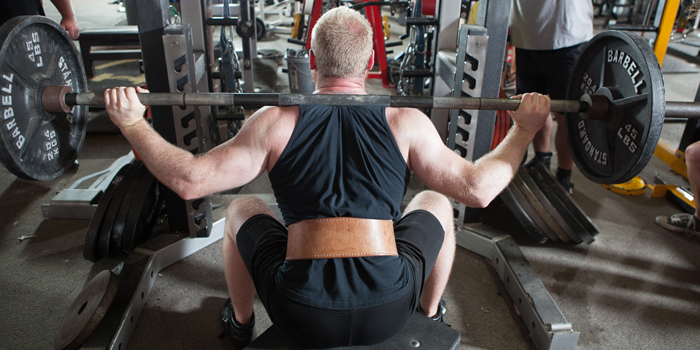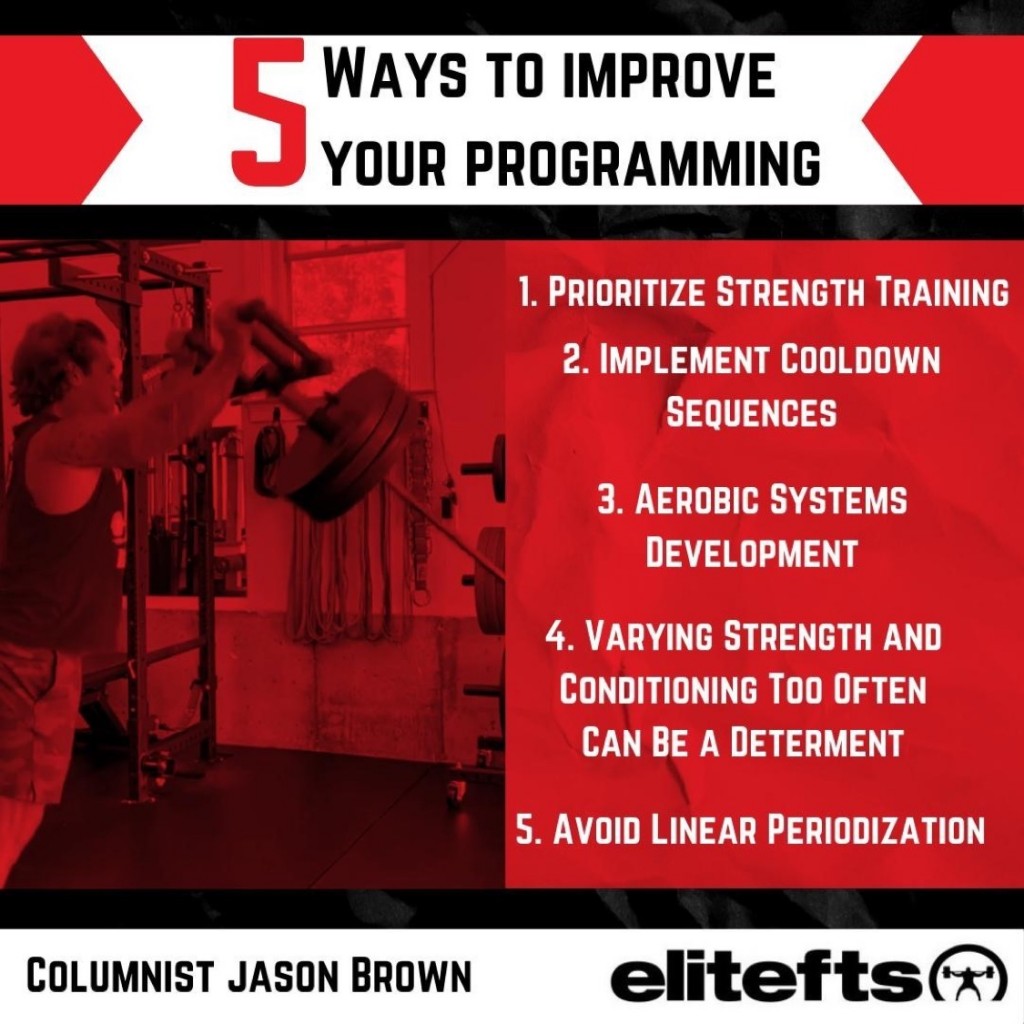
1. Prioritize Strength Training
It’s important to note that strength provides the basis for success across multiple modalities, increased resiliency and longevity, connecting to every biomotor ability. Even if the goal isn’t necessarily to improve maximal strength (increasing your 1-rep max squat), there are still connections between maximal strength and other abilities such as strength endurance. For example, if your 1RM squat increases, it’s likely your 5RM will too. Improving your 5RM-squat well seldom carry over to your 1RM squat.
2. Implement Cooldown Sequences
Oftentimes clients “want more,” extending their training sessions beyond the 60-minute mark only to increase cortisol. People would be better served to focus on improving their recovery, not to mention their sleep patterns. We can certainly control the implementation of easy recovery measures.
3. Aerobic Systems Development
Include the Cardiac Output Method AT LEAST once a week in your plan. This is cyclical style work, i.e., light row, jog, run, light sled pull for 30+ minutes with a heart rate of 130-150BPM (conversational).
4. Varying Strength and Conditioning Too Often Can Be a Determent
Let me be clear. I'm not saying that you should never vary your programming—quite the opposite, actually. The question is, when does too much variety become a disservice to ourselves and our clients? And if you only perform the same variation every eight to twelve weeks, it will be tough to improve movement and know whether that particular variation is a good one for YOU.
5. Avoid Linear Periodization
Over the last ten years, we've experimented with linear periodization in our programming but always found more drawbacks than benefits, not to mention the results have paled compared to using conjugate periodization.
I'm not saying linear periodization will not work; I believe anything will work, but there is a long list of variables to consider before deciding the best course of action regarding your approach to program design."









